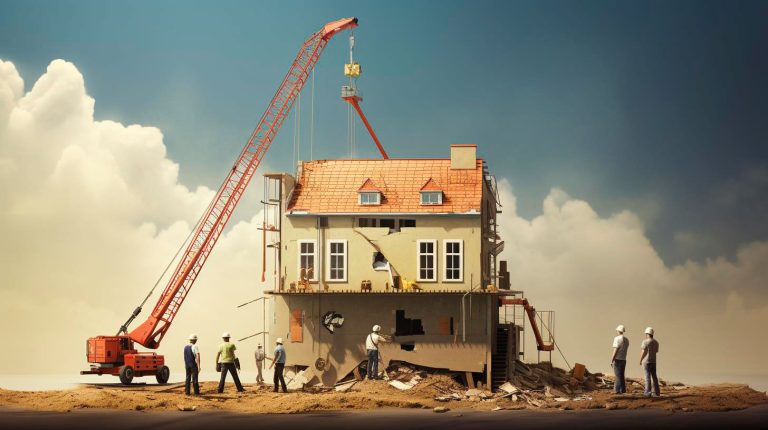In this article, we will explore how AR is revolutionizing photography, enabling everyone to unleash their creativity and capture memories.
The Power of Augmented Reality in Photography
Augmented reality has emerged as a game-changer in various industries, and photography is no exception. By blending the physical world with virtual elements, AR has the ability to enhance the photographic experience for people with disabilities. Here’s how:
Audio Guidance and Descriptions
- AR can provide audio guidance and descriptions for individuals with visual impairments, allowing them to frame shots and compose photographs effectively.
- By analyzing the scene, AR can verbally guide photographers, highlighting key points of interest and suggesting optimal angles.
- Audio descriptions can also provide additional context for the visually impaired, giving them a complete understanding of the captured image.
Haptic Feedback and Tactile Interfaces
- AR can utilize haptic feedback to provide a tactile experience to photographers with limited or no vision.
- Tactile interfaces, such as braille overlays or touch-sensitive surfaces, can enable individuals to interact with virtual elements in the photographic environment.
- By integrating haptic feedback, AR empowers photographers to explore the photograph through touch, enhancing their overall experience.
Visual Effects and Editing Tools
- AR opens up a world of possibilities for photographers by providing virtual visual effects that enhance their creations.
- From adding filters and overlays to manipulating lighting and colors, AR allows photographers to experiment and unleash their creativity.
- By integrating editing tools within the AR framework, individuals with disabilities can easily enhance and modify their photographs, just like any other photographer.
The Advantages of Augmented Reality in Photography
The integration of AR in photography brings numerous advantages that benefit both photographers with disabilities and the industry as a whole:
Inclusive Photography Community
- AR eliminates barriers, fostering an inclusive environment where photographers of all abilities can participate and contribute.
- By providing accessible tools and features, photography becomes a collaborative activity, breaking down traditional limitations.
Unique Perspectives and Creativity
- AR empowers photographers to embrace their unique perspectives, enabling them to express themselves creatively.
- Access to augmented reality tools broadens the horizons of photographers, sparking innovative approaches and expanding the realm of possibilities.
Boost to the Photography Industry
- The integration of AR attracts new users and expands the market, driving growth and innovation in the photography industry.
- With an increasing number of photographers using AR, there is a heightened demand for AR-enabled devices and software, leading to advancements in related technologies.
Key Takeaways: AR and Accessibility in Photography
Augmented reality is a groundbreaking technology that holds the potential to bridge accessibility gaps in photography. By offering audio guidance, haptic feedback, and visual effects, AR empowers individuals with disabilities to experience and engage in photography like never before. The advantages of inclusive photography, fostering unique perspectives, and driving industry growth make AR an invaluable tool for creating a more accessible world of photography.
























+ There are no comments
Add yours